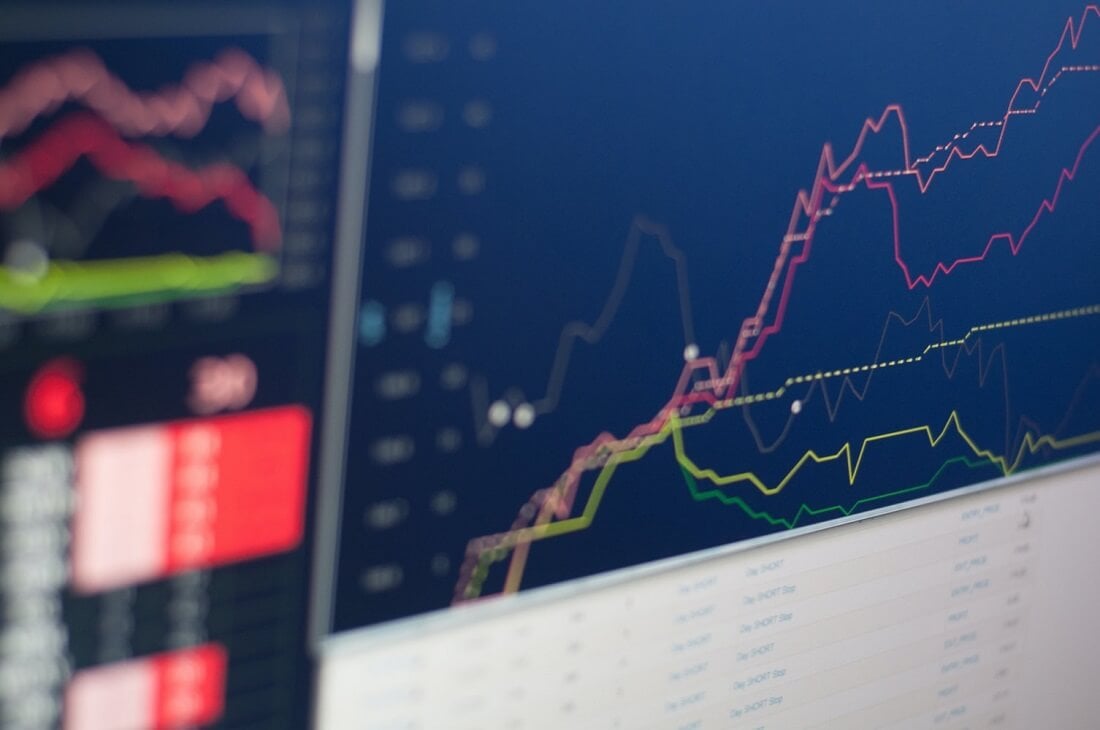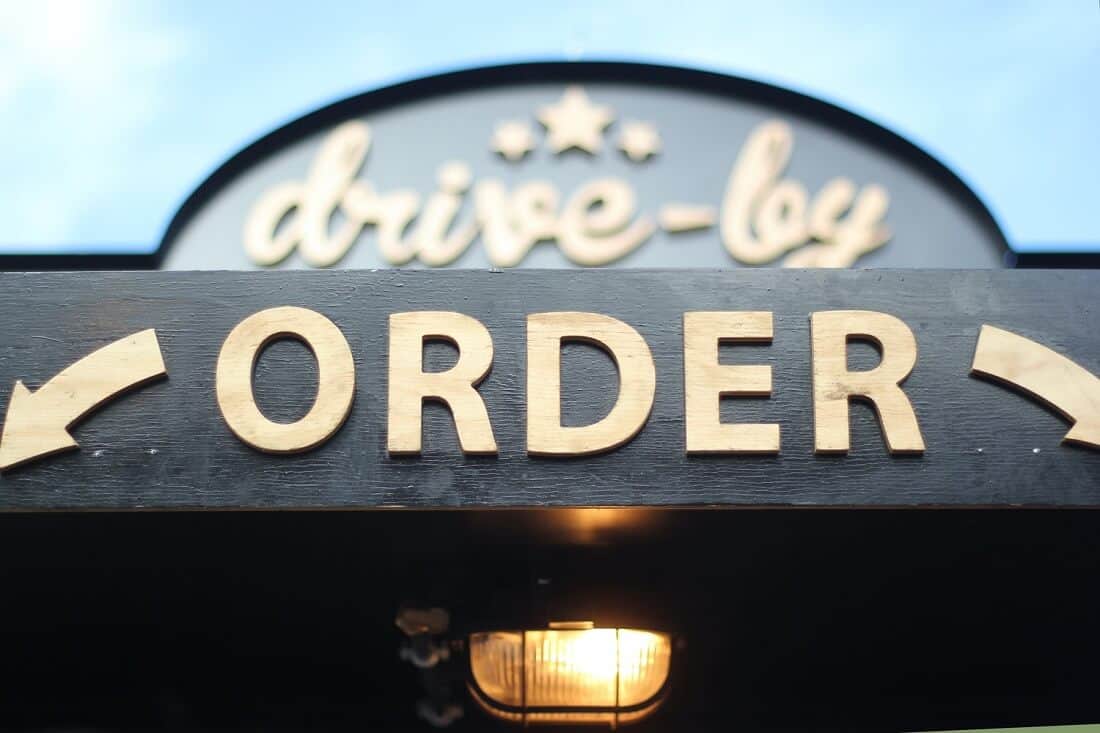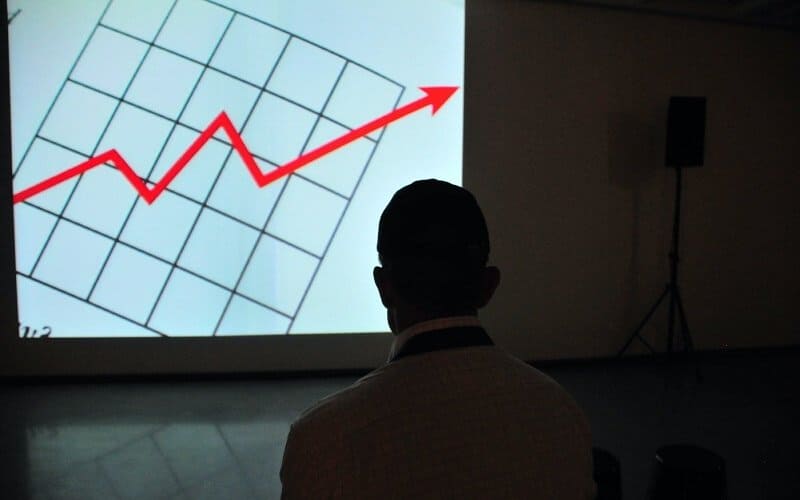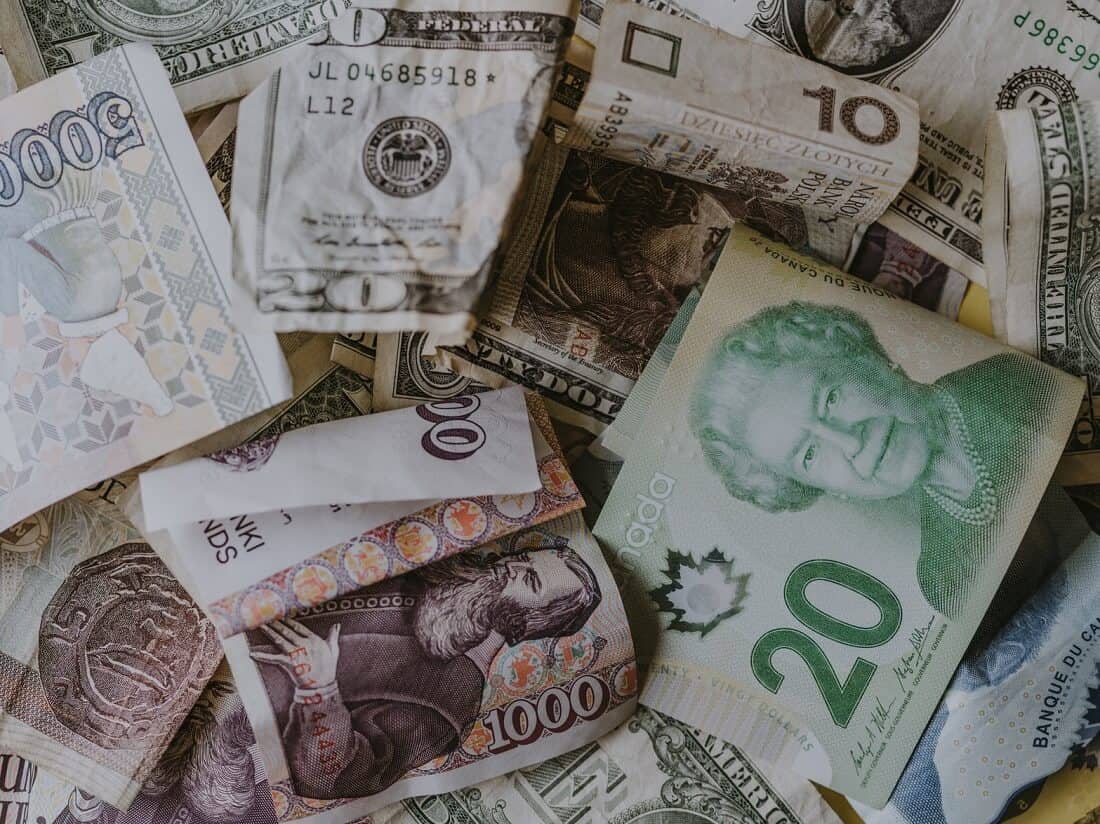
Surprisingly, you can find so many myths and misconceptions in trading and get the idea that they have become common knowledge in trading. They can actually hurt your trading.
By Guy Avtalyon
When you start trading, you can be faced with too much advice that other people may give you, and some of them might be about trading myths. Yeah, there are trading myths that need to be told. I know you may think that paying attention to some trading myths could give you more profitable trades. But they are myths. They don’t really exist. Some of them might seem reasonable, but you have to check them. What if some profitable trade came randomly? Honestly, you can not take it as a truth. I’ll point out some of them to help you avoid useless behavior and waste precious time.
You have to understand why they are trading myths.
Trading myths: Only one winning strategy
Honestly, I have heard so many times traders saying that one winning strategy is enough for the whole life. Not many traders would admit they are looking for only one perfect strategy that can work in any circumstances, in any market condition, one strategy that never loses. Based on my experience, many traders are looking for that exactly.
Keep in mind, the majority of profitable traders have approximately 50% winning trades. The point is to have more profits on winning trades and have fewer losses on losing trades. The number of trades you take isn’t important. You might have one winning trade and three losing trades and still be profitable.
You couldn’t be more wrong if you think that some profitable traders are winning all the time using only one strategy. That’s impossible. Also, it’s impossible to have only winning trades and beat the market all the time.
What you can find is some scammy platform offering only one but winning strategy. It would help if you were careful because all data they present you are based on past performances and might not work in the future.
As I said, all you need is to be right over 50% of the time. That’s exactly how you can produce huge returns. You should forget that one perfect strategy, there are more possibilities not to find it ever. Try to create a strategy that will provide you more wins than losses. That’s the whole wisdom.
The entry point is more important than the exit
Traders-Paradise wrote so many times about the importance of the exits. Yes, the entry point is important, but when you know where and when to get out, the trade is more important. The exits show how much you know how to take profits. So, let me know how this doesn’t deserve your full attention.
What else do you have to take into consideration? Position size. With the wrong position size, your entry points and exits mean nothing. If you have the wrong position size, you’ll drain your account in a few trades. The good entry points are important, but we’re talking about the trading myths if you think they are essential. To make this thing simpler, think about all parts of the trade as the most important. Never underestimate any of them. Being dependent on only one aspect of trading is the worst choice. You’ll need them all if you want to be profitable.
Trading myths: Trading is gambling.
Really? If you really think so, you’re wrong. There are some similarities in vocabulary, but that’s the place where similarities end. For example, a gambler places a bet. But traders place trades.
The main difference comes from the prospects and control. You cannot control roulette, for example. All you can do is to pick from proposed odds and place a bet. The rest is a matter of luck.
You have more control over the probabilities in trading. Let’s say you notice a pattern that has a 65% of breaking out and a 35% chance of failing in your chart. What would you do?
First of all, you should use a risk/reward ratio of at least 1:3. This means you’re willing to risk $1 for $3 in profit. So, you have the control. You’re the one who is going to decide when to sell. For this example, let’s say you place a $2,000 trade. You decide to set a stop-loss at 5%, and your profit target is at 15%.
Let’s calculate the expected value of this trade (assuming that both the Take Profit and Stop Loss of an asset has 50% chance for both of them. To check for actual stats about assets, please check on our Trading Strategy Planner):
(2000×0,15)-(2000×0,05) = 300-100=200
The expected value is $200. But you can improve it if you find better probability setups, for example, 70%, or if you use a better risk/reward ratio, for example, 1:4.
The odds are more flexible in trading, and you have control.
You can find a lot of trading myths out there. I pointed out three that are the most common. If you know that something is a myth and not a real issue, you’ll have the advantage in the market. You will not waste your time to examine actually losing strategies or seeking the holy grail. Moreover, you’ll become a profitable trader faster.
Just keep in mind, no one has winning trades all the time.
You don’t need to win every single trade to be profitable. You’ll need time to acquire the knowledge but investing your time is a better choice than losing hard-earned money. Spend some time to learn and master trading, test your strategy, tweak it if necessary, and do it before you place the trade. Trading isn’t just simply picking the entry point randomly. You’ll have to know the right time to enter the trade, the right point to exit the trade, and the position size. These are essentials.





